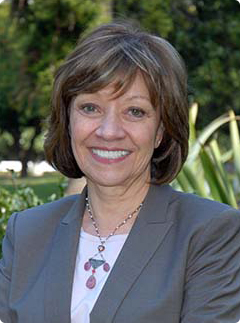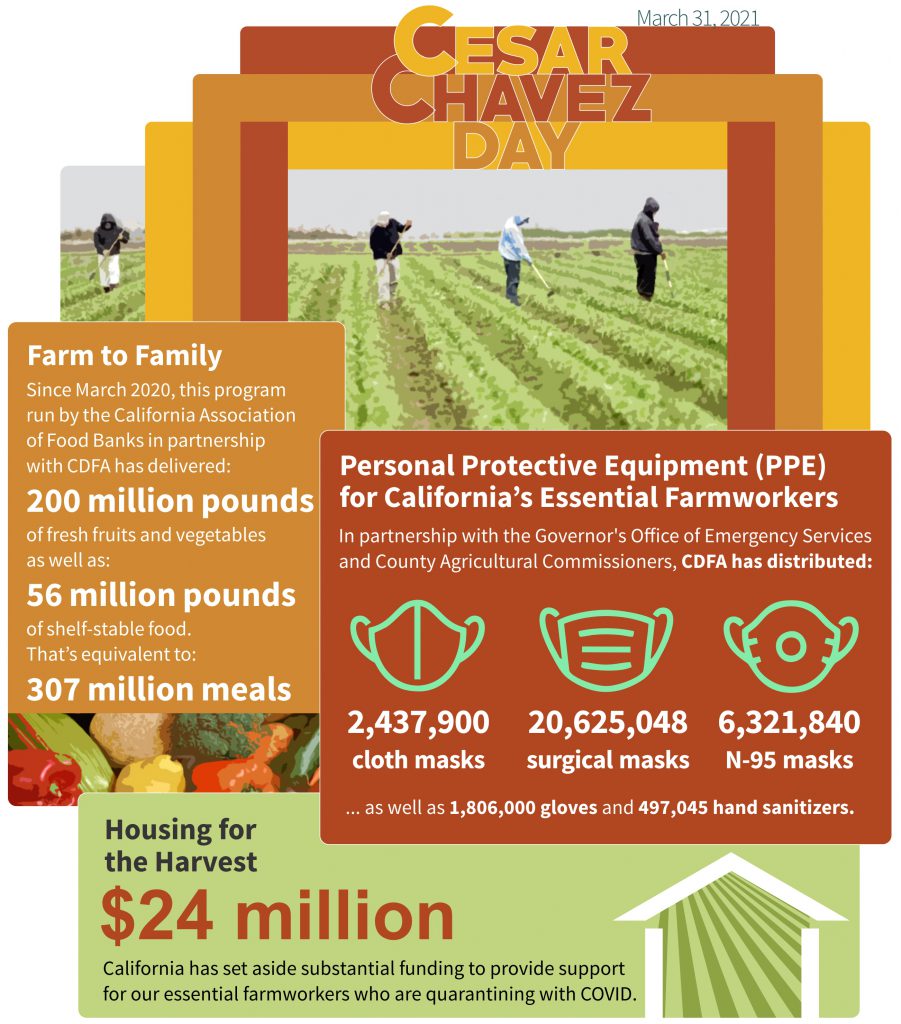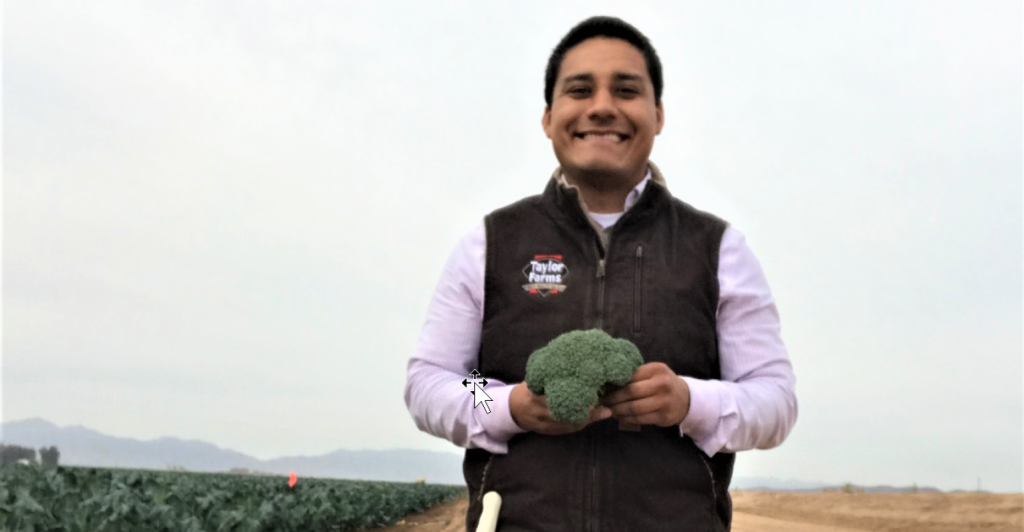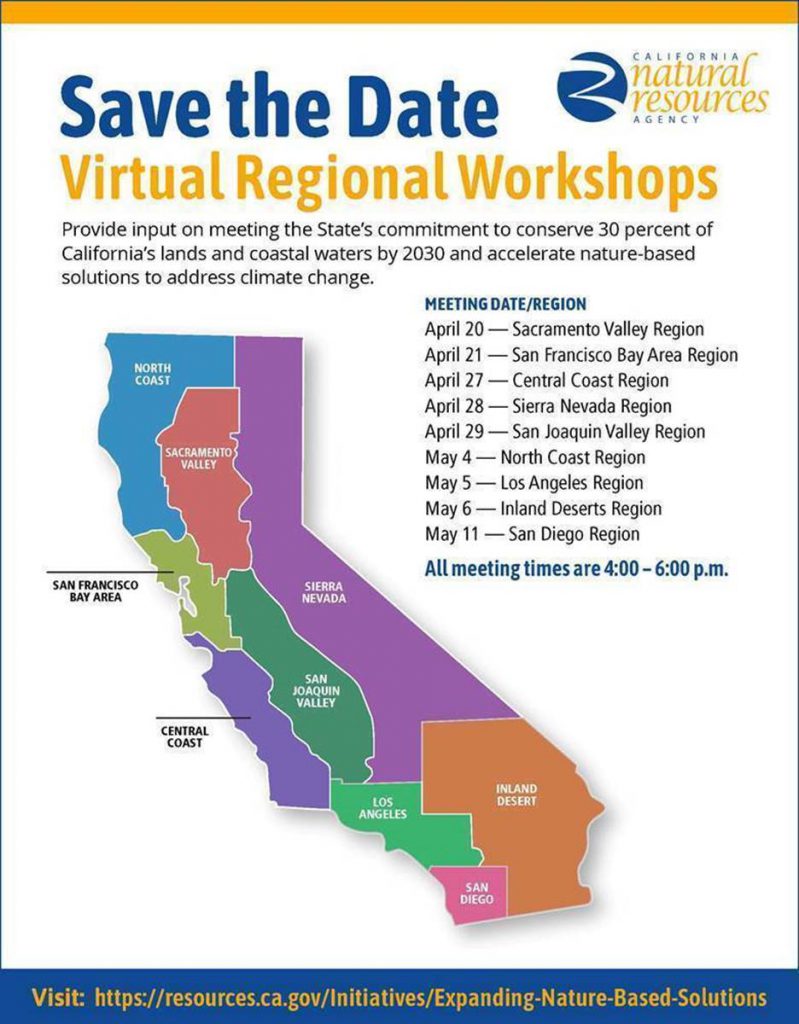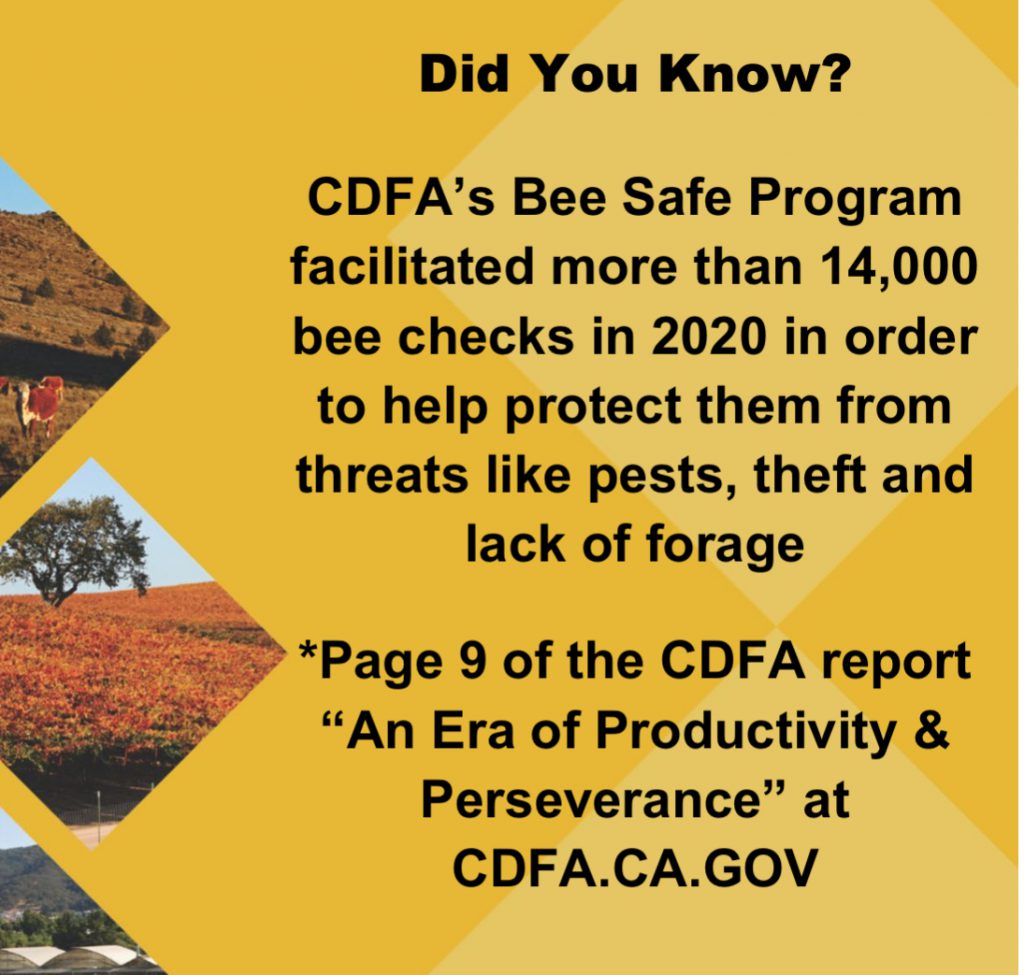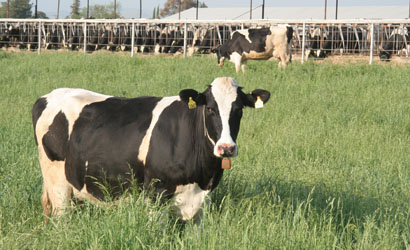Secretary Ross: “This is about helping to solve the biggest challenge of our time. Nothing’s more rewarding than to be able to grow food and feed people, but to be able to do this and solve these problems and to be able to improve not only nutrition for people, but the health of our planet… who wouldn’t want to be in agriculture?”
Interview by Amy Mayer
During February, CDFA’s Office of Environmental Farming and Innovation held a series of meetings with farmers and ranchers to get their input on ways to sequester carbon, reduce greenhouse gas emissions and improve biodiversity to help meet California’s climate goals. CDFA released a preliminary report from those sessions Tuesday (March 30). Secretary Karen Ross spoke with Agri-Pulse about those meetings and how ag is contributing to the state’s climate goals.
This interview has been edited and condensed.
There were six listening sessions, two each for the annual, perennial, and livestock sectors. They were organized so people came together for an initial meeting and then reconvene a second time a few days later. How did your office decide that was the approach you wanted to take?
The director of our office, Amrith Gunasekara, has had a lot of experience and interaction with farmers and ranchers. He learned this from our work early on in climate change, going back to 2012, when we convened the Climate Change Consortium for Specialty Crops. Based on his experiences of doing that first Consortium report and so many other (reports) that we’ve done around potentially contentious issues, we really wanted to use the first convening to get everyone on that same basis of understanding: here’s what we already have, we’re looking for things to add on to or adjust to what’s in existence. And then, when people walk away after that initial discussion, they go home and think about it. So it seemed to make sense to bring (groups back) together.
What are some takeaways from those meetings?
The one thing that came through loud and clear is “we’re so over regulated, please don’t let these things turn into other mandates.” Our secret sauce is voluntary practices, technical assistance, and incentive grants. That’s how we’ve gotten so many people into this. Adding demonstration projects really helps for that farmer-to-farmer learning (because) they have very candid conversations. There are a lot of really interesting thoughts about region-specific needs and practices. In a big diverse state like California, with so many different microclimates and so many soils, we have to be very mindful that it is not a one-size fits all.
I wanted to ask you about specifically some of the climate smart projects that have been instituted. Are there are any that stand out for you as most practical to be replicated on the widest scale?
Because it was the first program and it was rolled out in response to drought, our State Water Efficiency and Enhancement Program, SWEEP. One of the things that I think has made our programs work is we don’t say “here is what you must do.” It’s a menu for you to pick what works best for your operation and where you are in this continuum of sustainability.
I have been so impressed and pleased by the momentum behind Healthy Soils. It’s interesting because we have like 27 practices that you could go with but cover crops, hedgerows—which is exciting for our pollinator friends—mulching and compost are the top four. And then kudos to our dairy families, we did one pilot program year and did 12 dairy digesters. By the time of sign up, of course, a mandate on methane reduction helped pique interest. A dairy digester is like a mini utility that you’re operating, so allowing the partnership of dairy farmers with developers has been very positive.
Do you think because there’s been so much adoption by dairy farmers to the digesters that that might lead more methane gas infrastructure?
That has already started and I think that will accelerate and especially if we focus on just trucking. If we could convert major fleets that tend to fill I-5 and I-99 24/7/365 days out of the year we would have an immediate positive impact on the air quality in the Central Valley. The developers are big believers in cow power, and even if, as we see this move towards zero emission vehicles, we went all electrification in the grid, we could still use the dairy digesters for generating that renewable electricity so that we could have freeways lined with the electrical charging stations with cow power. I get excited about cow poop.
Do you think agricultural equipment will evolve to meet the zero emissions mandate, or do you think agriculture is going to head in the direction of trying to get some exemptions?
We will work hard to meet the mandate for the years in which they’re set. This is providing a very strong market signal and so just given my conversations, especially with the major farm equipment manufacturers, some of this stuff could be near term, meaning maybe in 15 years, some of it maybe less. There’s work that’s happening on it and oftentimes as policy signals are sent that work will accelerate. But we feel that with having to meet this “technically and economically feasible” (expectation), we’re going to keep moving as quickly as we can on this pathway. But in the meantime, being able to reduce the carbon intensity of whatever it is that fuels that piece of equipment is going to be extremely important.
California is moving ahead with a lot of things that are still not on the agenda in other ag states. How are you seeing other states respond to what California ag is doing in terms of climate change?
I’m always mindful that it’s different farming here because we are specialty crops, we are farming practically every day of the year. In dairy and dairy efficiencies, California has been a leader and we’ve seen how rapidly dairy farming across the country has embraced a lot of the efficient practices that they have, and that was even before climate (became a priority). I see the cattle sector really providing strong leadership from California. Understanding the role of grazing, whether it’s for wildfire or for habitat and retaining the biodiversity that’s on rangeland, has really taken off across the country. […] On climate, I’m excited to be part of a national conversation and to see how much momentum in the last couple of years has really gone from not wanting to talk about climate change at all to let’s all work together because it’s going to take collaboration. And it cannot just be farmers and ranchers. we can lead, and it’s important that we have that strong voice, but we need the entire supply chain in this with us. We tend to silo ourselves, even within that supply chain, and we can’t afford to do that. The brand names have set some of their sustainability or climate goals, and thought it was easy to say, “Oh, this is what we want to buy from you.” And they’re much more engaged (now) and understand how complex it is, that there are trade offs and that there are unforeseen incidents and risks that a farmer has to deal with, and they shouldn’t have to do that all alone.
As the federal government focuses more attention on climate policy, how much is USDA reaching out to the states, or to California specifically, to try to make sure that what comes down from USDA aligns with what states are prioritizing?
I was really thrilled to see that they announced that they’re seeking comments on farmer- and rancher- lead solutions, so that’s a golden opportunity. We really are excited to encourage all California ag groups, as well as our sister agencies, to weigh in with comments. It’s great that before they actually went through some sort of “here’s our idea of what this should look like,” they’re starting with “let’s see what’s out there.”
Interested in more coverage and insights? Receive a free month of Agri-Pulse West.
And let’s face it, we built our climate smart programs on research that’s been happening at USDA for years and on the work that Secretary Vilsack and the Obama Administration did when they came up with identifying the building blocks for climate smart agriculture. Those definitions and that way of doing organizational thinking made it much easier for us to go into this space and use terminology that was already out there, not only nationally, but internationally. That’s important work that they’ve done and we were able to just step on to that and build upon it.
There’s starting to be a lot more talk about ecosystem services markets, about a carbon bank or some kind of payment for carbon sequestration. What’s the situation here in California, and what’s the potential of that?
Well, clearly there’s the interest and with our cap-and-trade program it’s been primarily about the wisdom, or not, of pursuing an offset, which is almost a 10-year process. The verification process is expensive and the dollars generated are so minimal. One of our first ones was in rice and it just didn’t pan out the way people had hoped or expected it to. There’s huge interest in markets and we’d love to see that the consumer would help share this wonderful public benefit of us being the ones who manage it and take responsibility for it. By the same token, we want to make sure that it’s real. It could easily fall into a greenwashing and so we want to make sure there’s integrity in how this is done. I’ll just be blunt: I don’t want to see a brand taking a bunch of credit for what a farmer’s doing for them to meet their goals without some payment and some verification so both of them have comfort that this is real, we stand behind it, the practices are on the ground, sequestration is happening. We’ve been talking about it for 15 years and we’re much closer than we’ve ever been.
Any final thoughts?
This is about helping to solve the biggest challenge of our time. Nothing’s more rewarding than to be able to grow food and feed people, but to be able to do this and solve these problems and to be able to improve not only nutrition for people, but the health of our planet… who wouldn’t want to be in agriculture?



